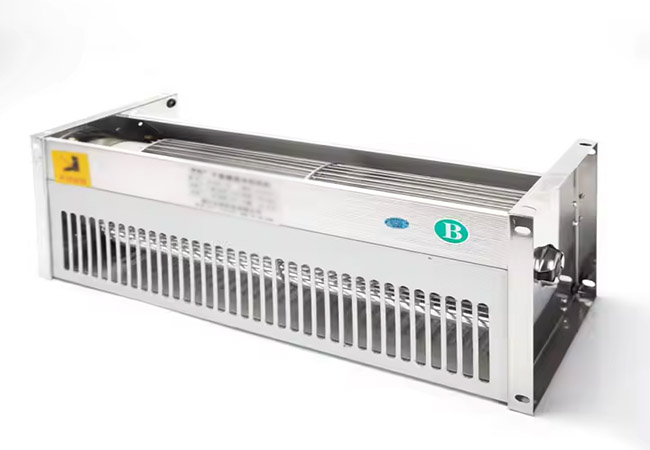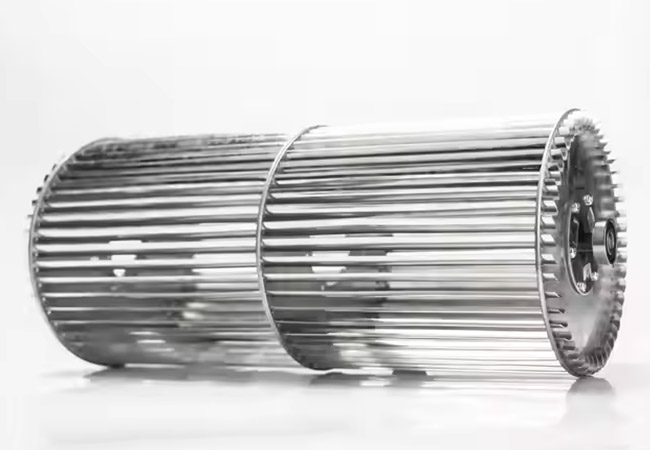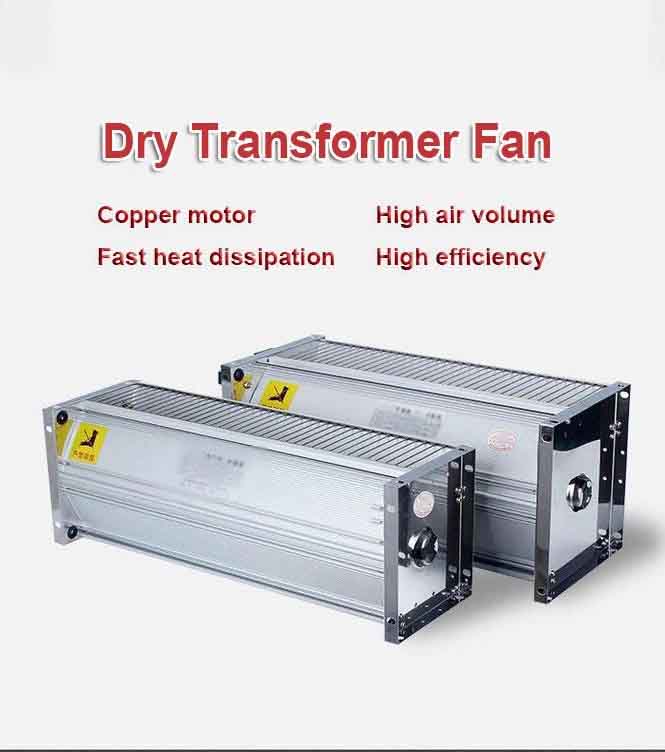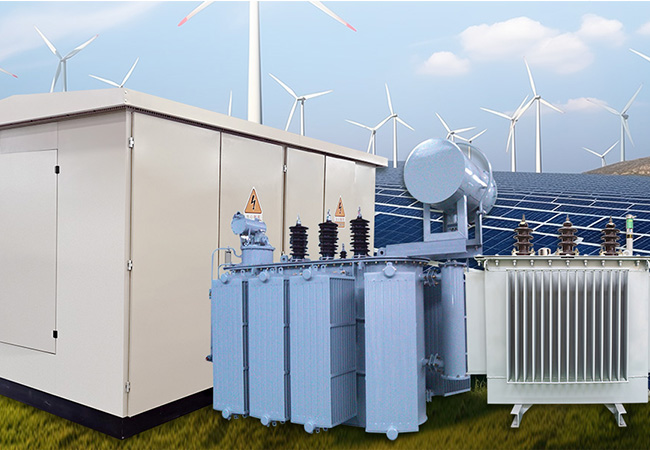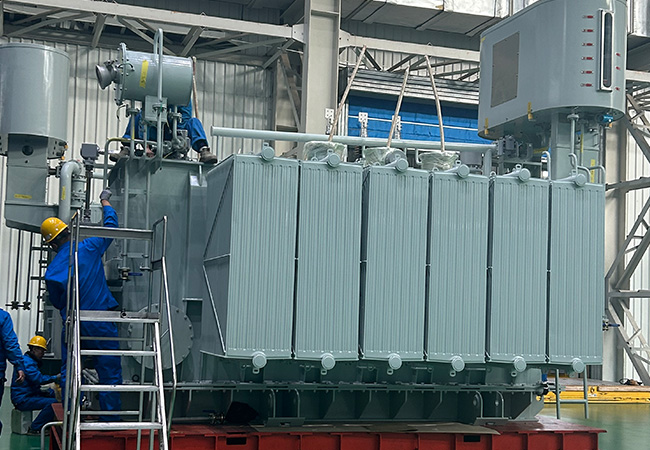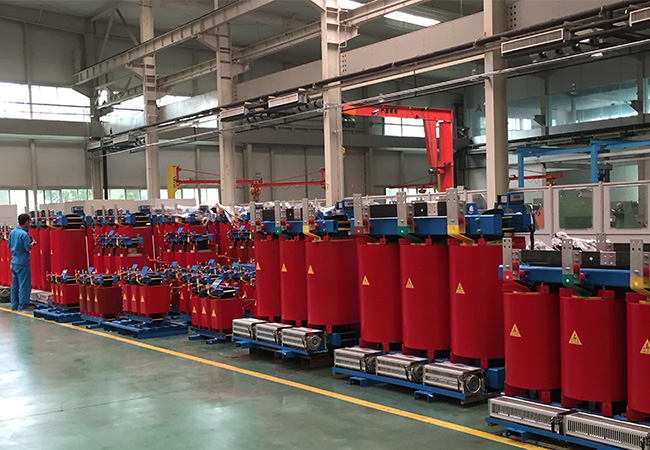dry type transformer cooling fans
05-29 2025 | By:
Dry Type Transformer Fans – Transformer Coolingfan
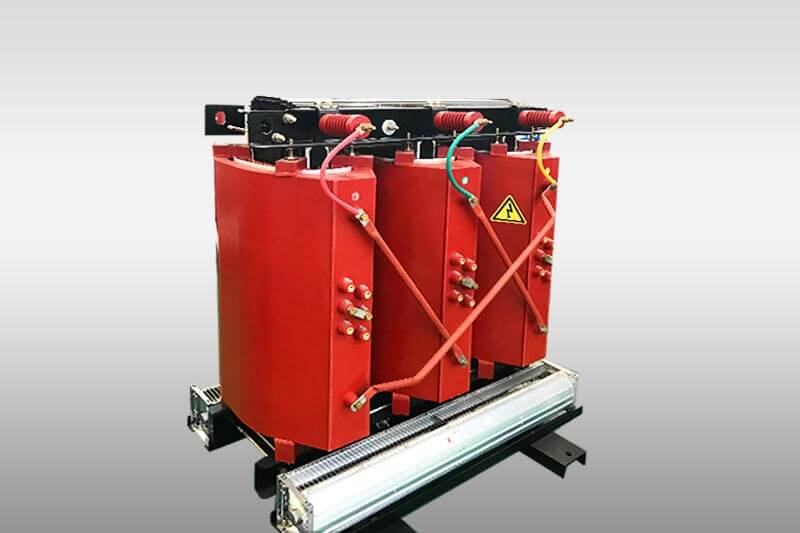
Introduction to Dry-Type Transformer Fans by ZTELEC Yuguang ElectricTechnology(Henan)CO.,Ltd.
Dry-type transformers rely on efficient cooling systems to ensure stable operation and longevity. At ZTELEC Electric Technology, we specialize in designing high-performance cooling fans tailored to meet diverse industrial needs. Below is an overview of our product offerings, cooling methods, fan types, key distinctions, and operational guidelines.
1. Fan Models & Applications
Our fans are engineered to suit various transformer capacities and environmental conditions:
GFDD Series: Designed for large-capacity transformers (e.g., 30–20,000 kVA), these fans feature stainless steel construction and aluminum alloy components for durability. Models like the GFDD490-110 and GFDD570-110 are ideal for applications requiring forced air cooling in industrial settings
GFD Series: Compact and energy-efficient, the GFD570-110 and GFD470-155 are widely used in medium-voltage transformers. Their side-blow design ensures uniform airflow distribution, enhancing heat dissipation
Custom Solutions: ZTELEC offers tailored fans for specific requirements, such as explosion-proof enclosures (IP23/IP55) for hazardous environments
2. Cooling Methods
Dry-type transformers primarily use two cooling techniques:
Natural Air Cooling (AN): Relies on ambient airflow for heat dissipation. Suitable for low-load scenarios and cost-effective installations. However, performance may degrade in high-temperature or low-ventilation environments
Forced Air Cooling (AF): Employs fans to actively push air through the transformer. This method increases capacity by up to 50% under peak loads and is critical for high-density applications like data centers and mining operations
3. Fan Types & Key Distinctions
a. Cross-Flow Fans
Design: Horizontal airflow with a compact profile, ideal for confined spaces.
Advantages: Low noise, high efficiency, and resistance to dust accumulation.
Applications: Common in transformers with epoxy resin or foil windings
b. Axial Fans
Design: Vertical airflow with adjustable speed settings.
Advantages: Energy-efficient and suitable for continuous operation.
Applications: Preferred for large industrial transformers requiring variable cooling
c. External Rotor Fans
Design: Lightweight and corrosion-resistant, with a focus on long-term reliability.
Advantages: Reduced vibration and extended lifespan in harsh environments.
Applications: Mining, offshore platforms, and chemical plants
4. Operational Guidelines
To ensure optimal performance and safety:
Installation:
Mount fans at a 90° angle to the transformer’s cooling ducts for maximum efficiency.
Use anti-vibration mounts to minimize mechanical stress
Maintenance:
Clean fan blades and filters monthly to prevent dust buildup.
Monitor temperature sensors; activate forced cooling if temperatures exceed 100°C
Environmental Considerations:
Avoid corrosive gases and ensure proper ventilation in IP-rated enclosures.
For outdoor use, select fans with stainless steel casings to resist moisture and UV exposure
ZTELEC Electric Technology combines advanced engineering with industry expertise to deliver reliable cooling solutions for dry-type transformers. Our fans are designed to enhance thermal management, reduce downtime, and adapt to evolving energy demands. For customized solutions or technical support, contact our team today!
You may also find these interesting:

